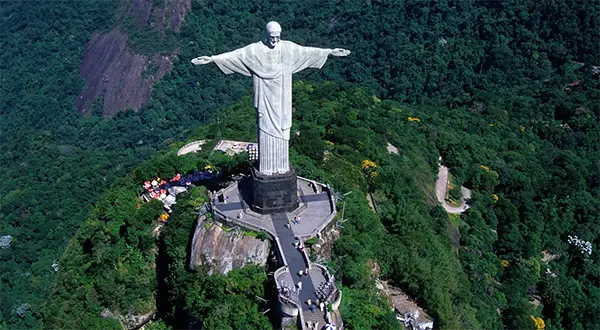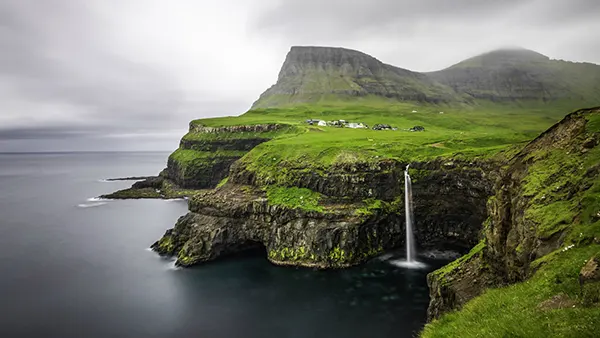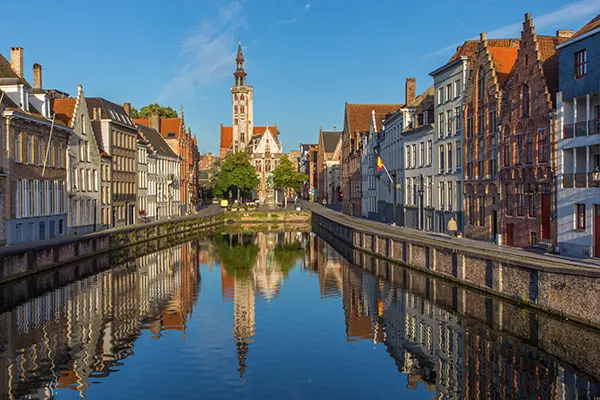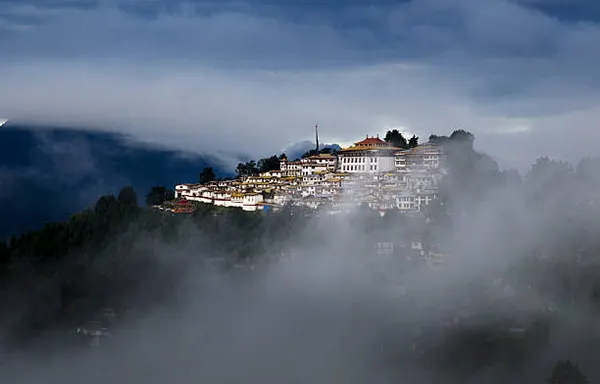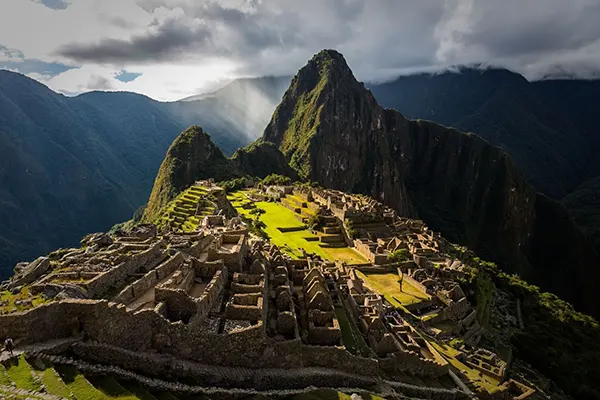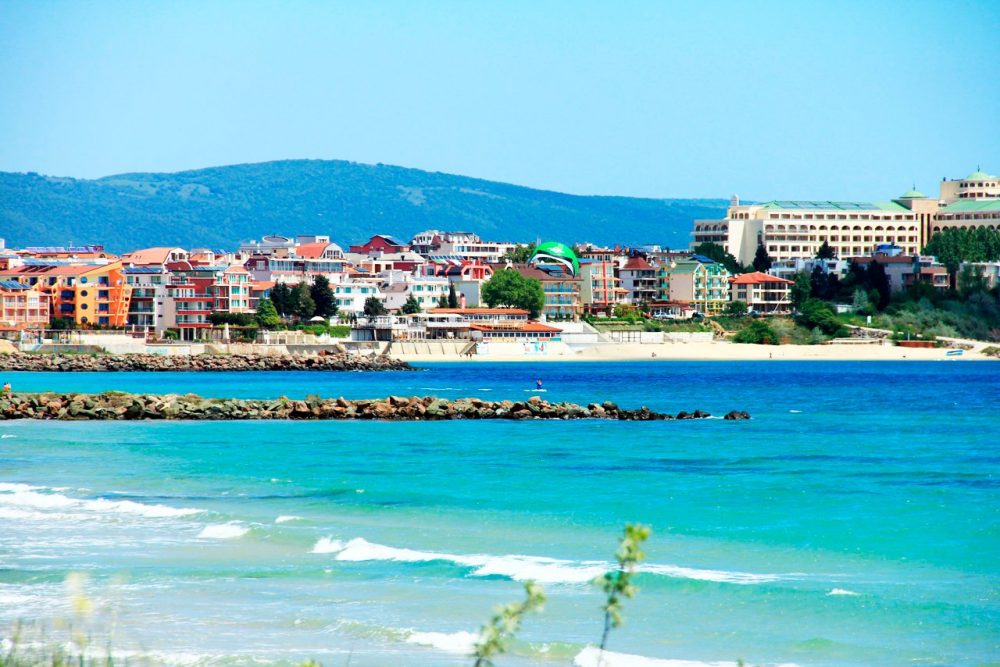
Attractions in Bulgaria
Bulgaria is one of the most sought-after countries in tourist circles. Its rapid development as a holiday destination is due to its convenient location. You can come here at any time of the year, and there is always something to do or see. Additional pluses are the incredible hospitality of the locals and the original architectural buildings.
Rila Monastery, Sofia
The Rila Monastery is considered to be the main shrine on the territory of the Bulgarian state. It is situated in a mountainous area and has been functioning for many centuries. During the 20th century the Orthodox monks visited it for consolation through prayers. The holy place was founded by John of Rila, when he first settled in one cleft, where he later brought his disciples.
The monastery was repeatedly destroyed by natural and human factors. But the Bulgarians were constantly rebuilding it, and they tried to restore it to its original appearance.
Tsarevets Fortress, Veliko Tarnovo
Today the fortress houses a boutique hotel with excellent services. But beyond that, the structure is recognized as a historical monument and an architectural treasure of the area. Although it was built many years ago, it is now equipped with all the amenities of civilisation.
The “Historic Hotel” has 3 floors. It can be reached via a yellow sandstone staircase. The fortress has been restored several times, so the original appearance has been partially preserved, complemented with a touch of modern elegance.
Queen Maria Palace, Balchik
A sumptuous palace combines aesthetics and harmony. Located on the Black Sea coast, it offers an incredible view of the horizon. Today the guests can enjoy the restored version of the building, which is under the protection of the Bulgarian state.
The main decoration of the building are the floral carpets, green lianas, greenhouses and other natural features surrounding it. Naturally, the architectural ensembles are in no way inferior. Their compositions are distinguished by incredible precision and originality. By the way, the royal throne is made of stone.
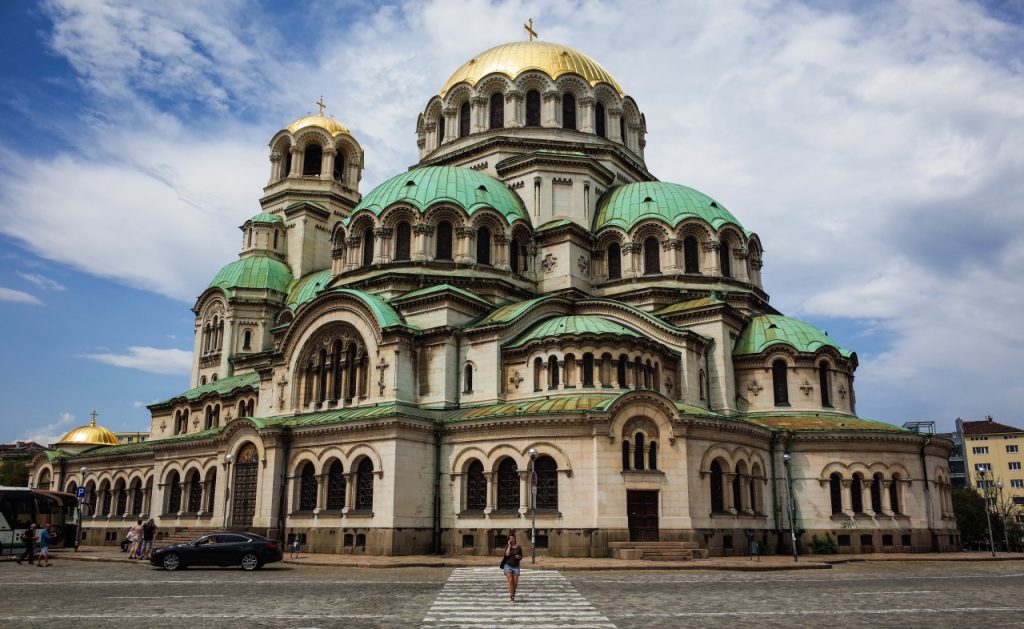
Alexander Nevsky Cathedral, Sofia
The Alexander Nevsky Cathedral is the main religious treasure of the Bulgarian capital. According to historical information its construction began in the 19th century, in 1882 to be precise. It is associated with the Day of Liberation of Bulgaria during the Russo-Turkish War. But the main construction work started in the early 20th century. The consecration took place in 1912.
The cathedral was almost completely destroyed during the Second World War. However, after the war it was rebuilt. Today it is almost in its original form.
Belogradchik Fortress and Rocks
The sight does not only serve as a historical treasure. It is a combination of human and natural labour. The aesthetically impressive structure is a fortress surrounded by rocks. The first settlers occupied the area at the beginning of our era, as there were several mountain paths leading from here.
Gradually the walls were strengthened and the small structure turned into a safe haven. Bricks and stone were used in the process. Nature created cliffs of red sandstone. Various nations were involved in the construction of the site. Romans, Turks, Bulgarians and others have been here.

